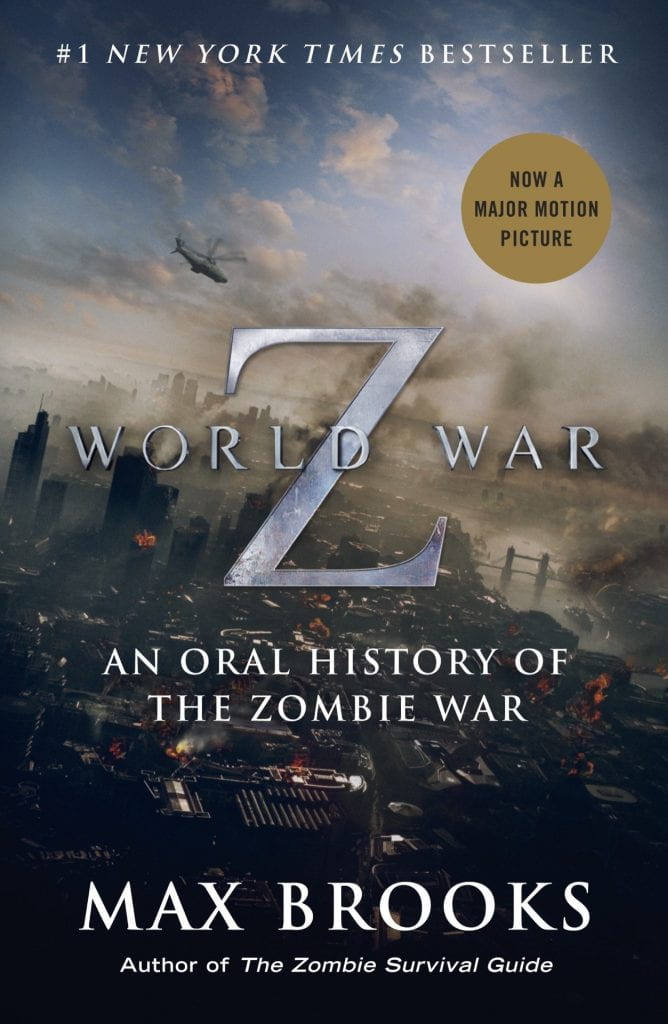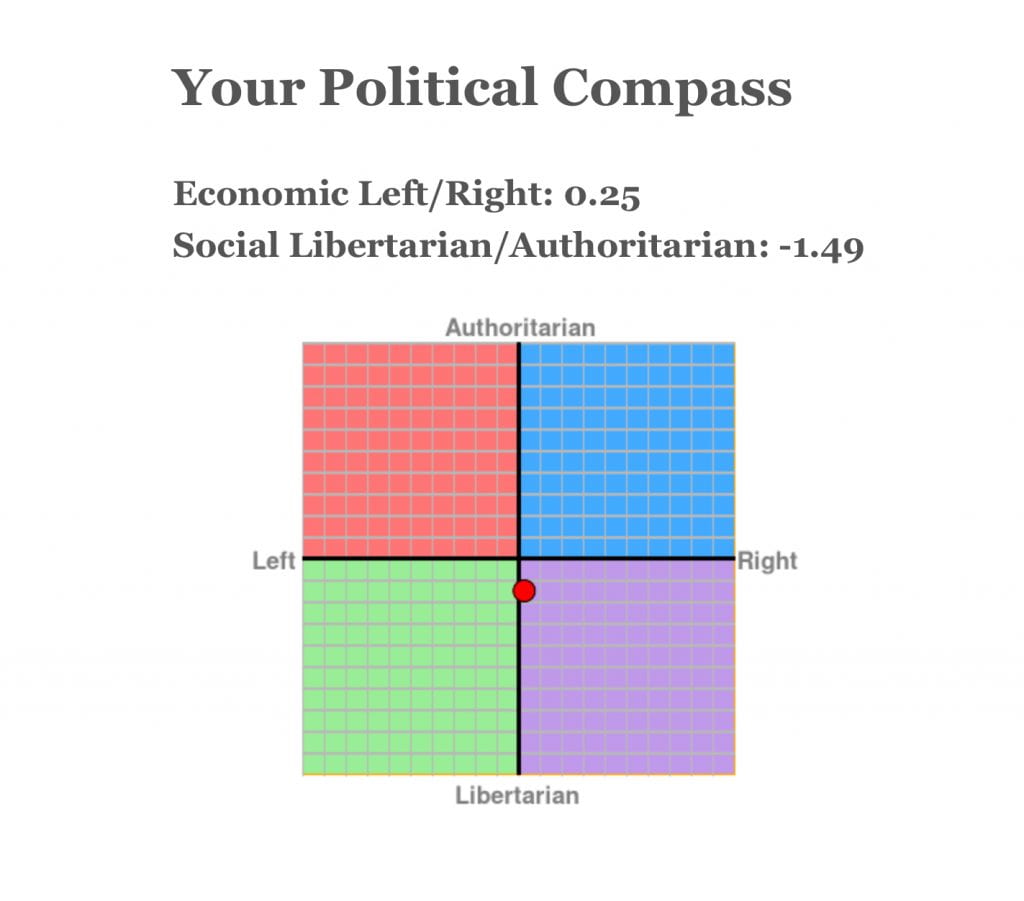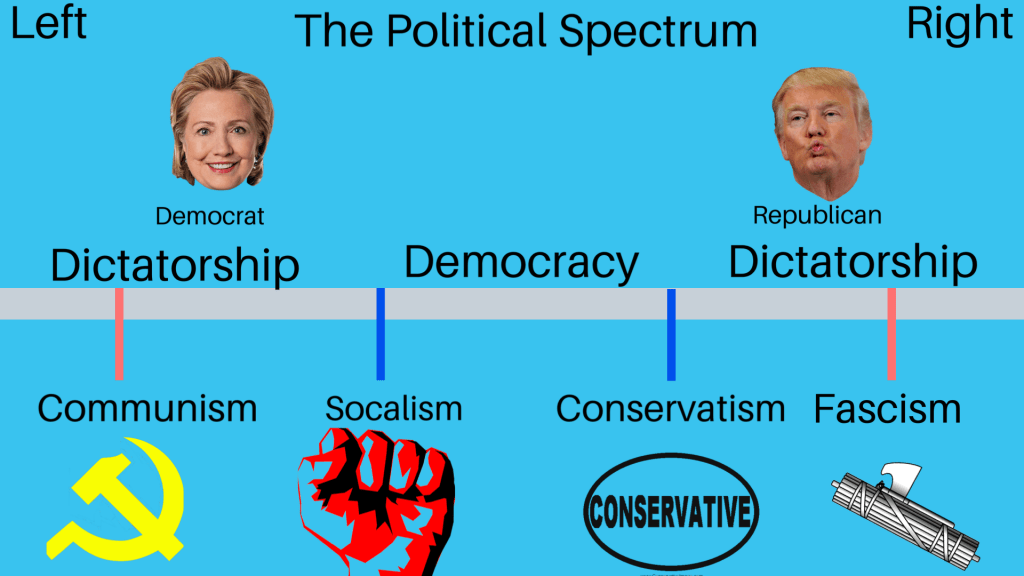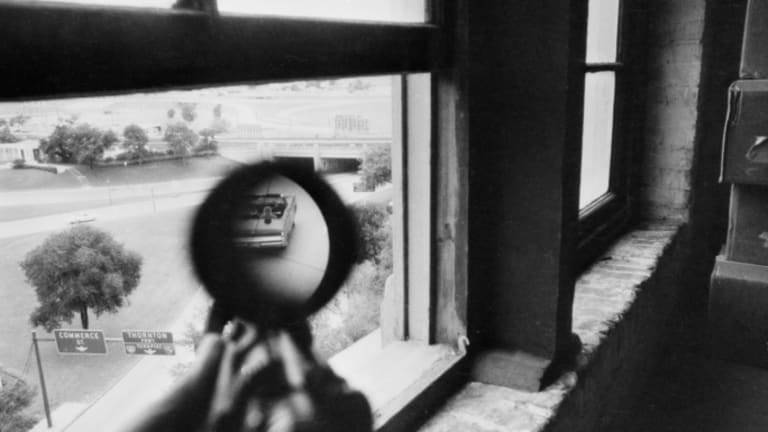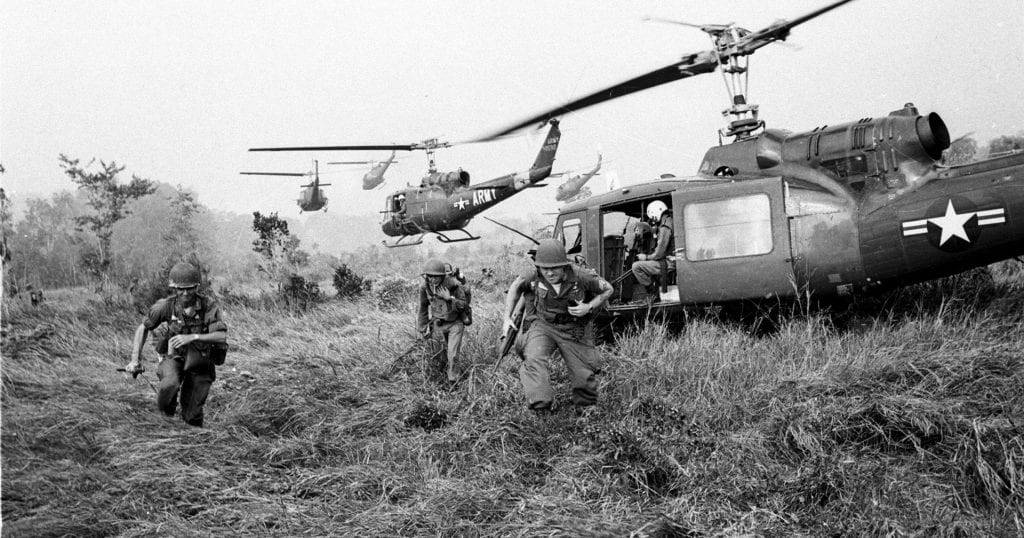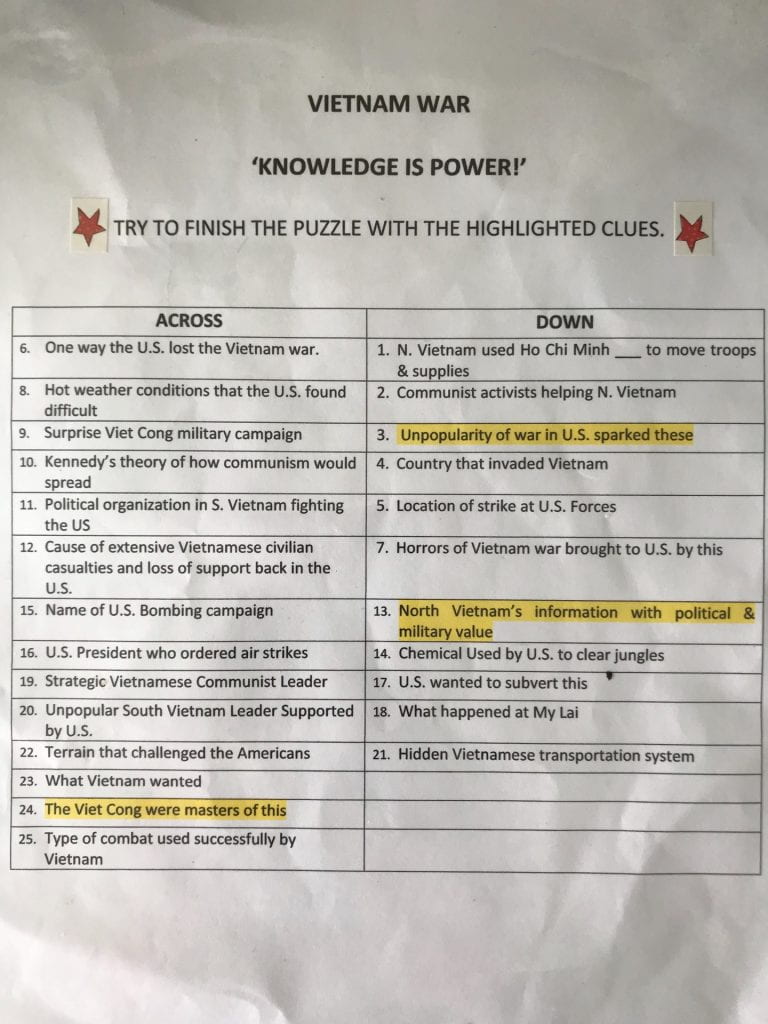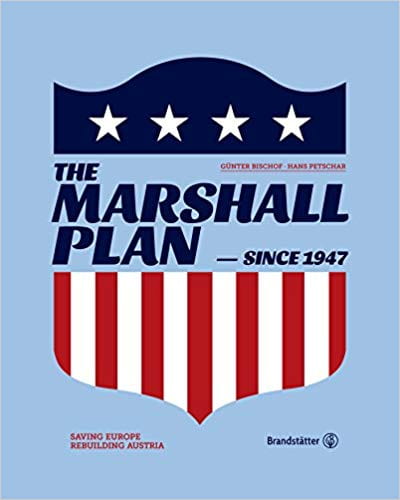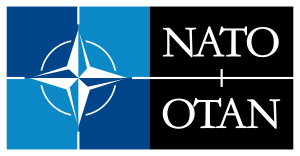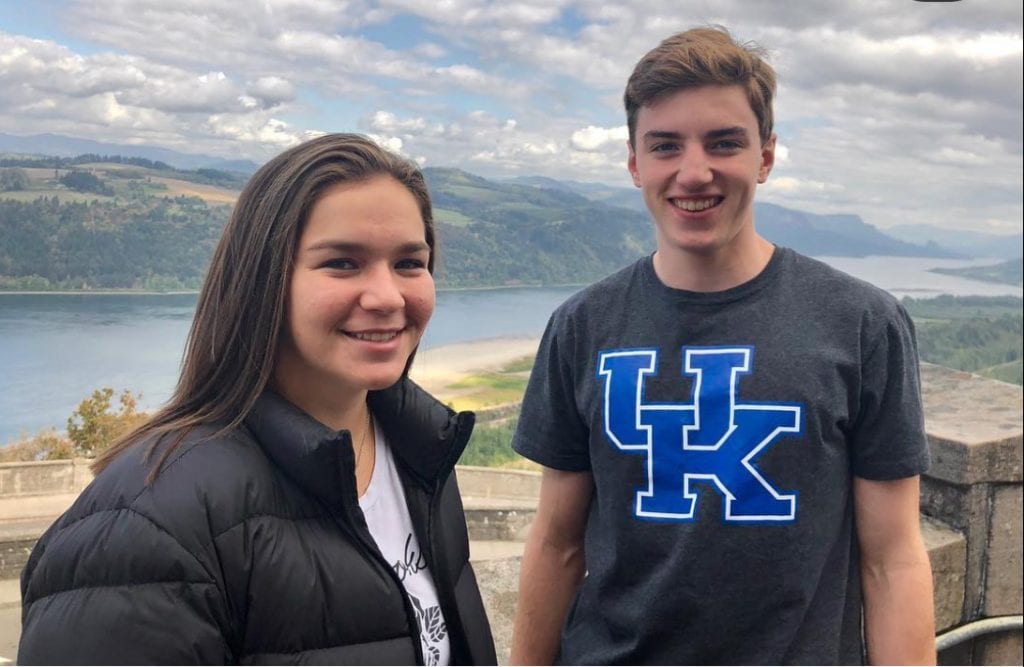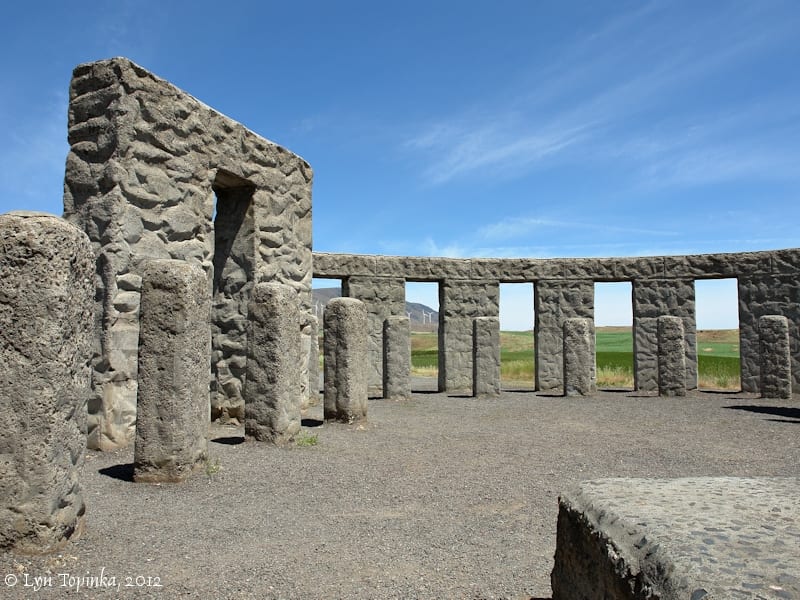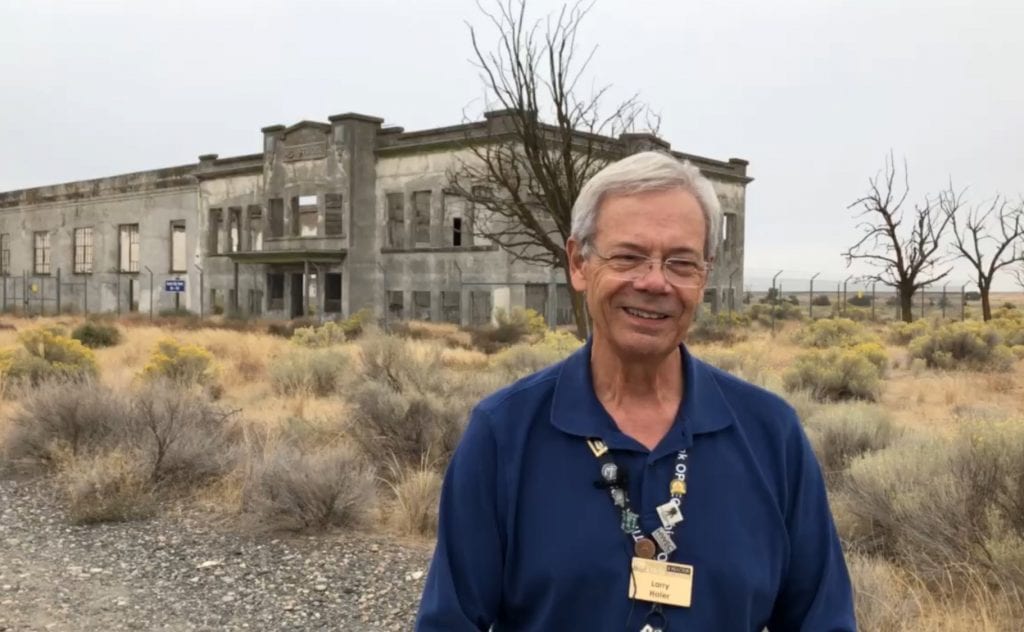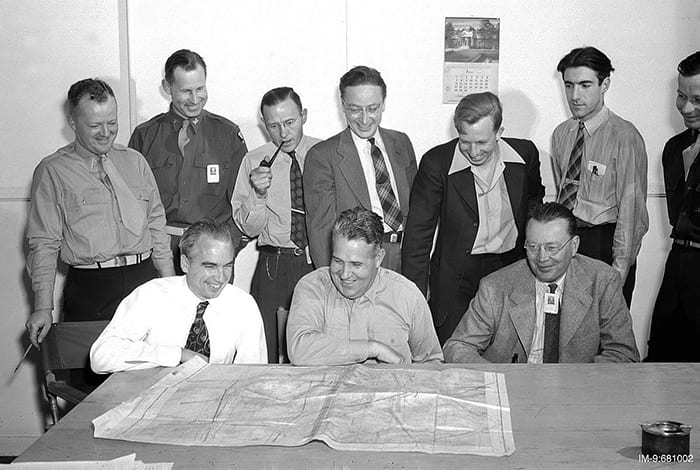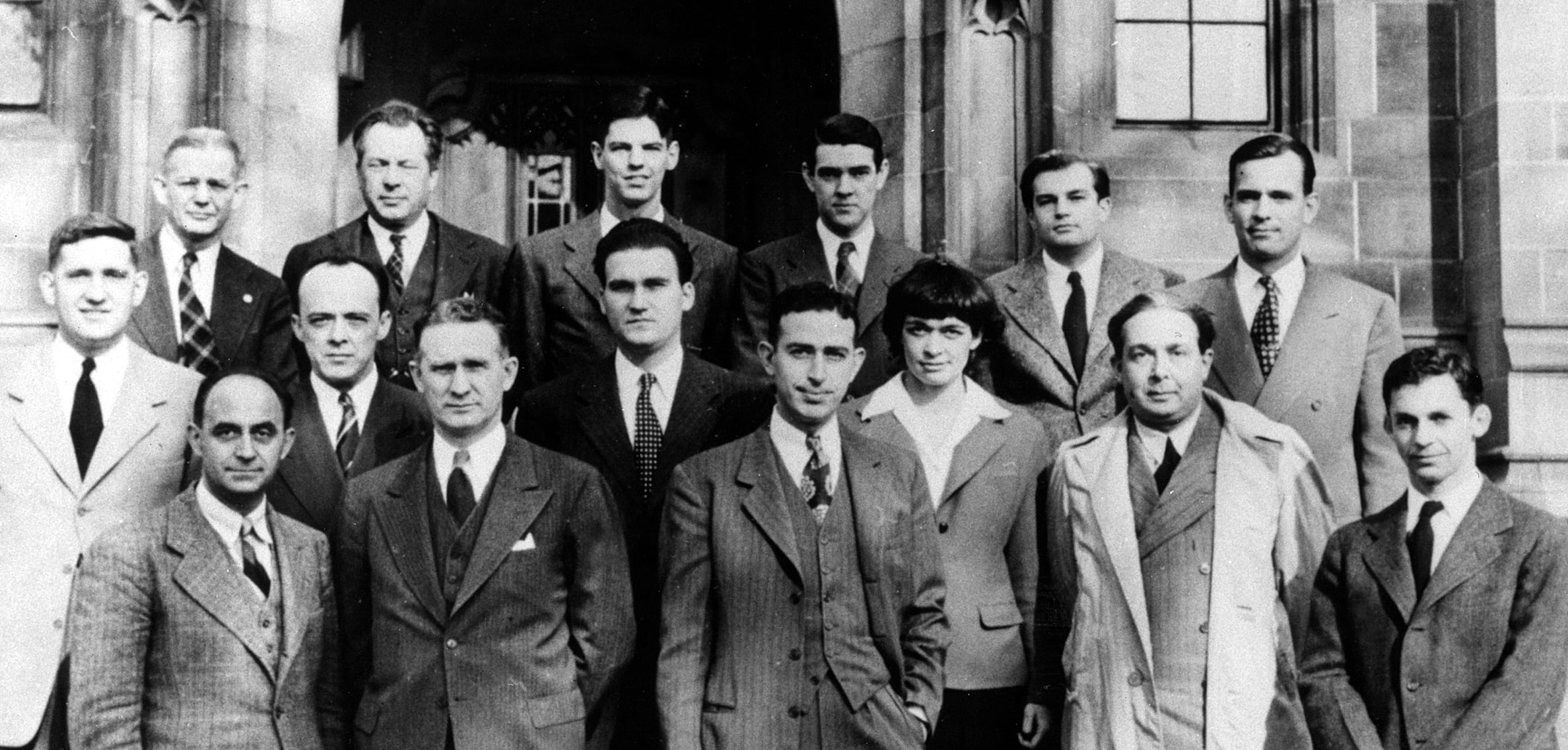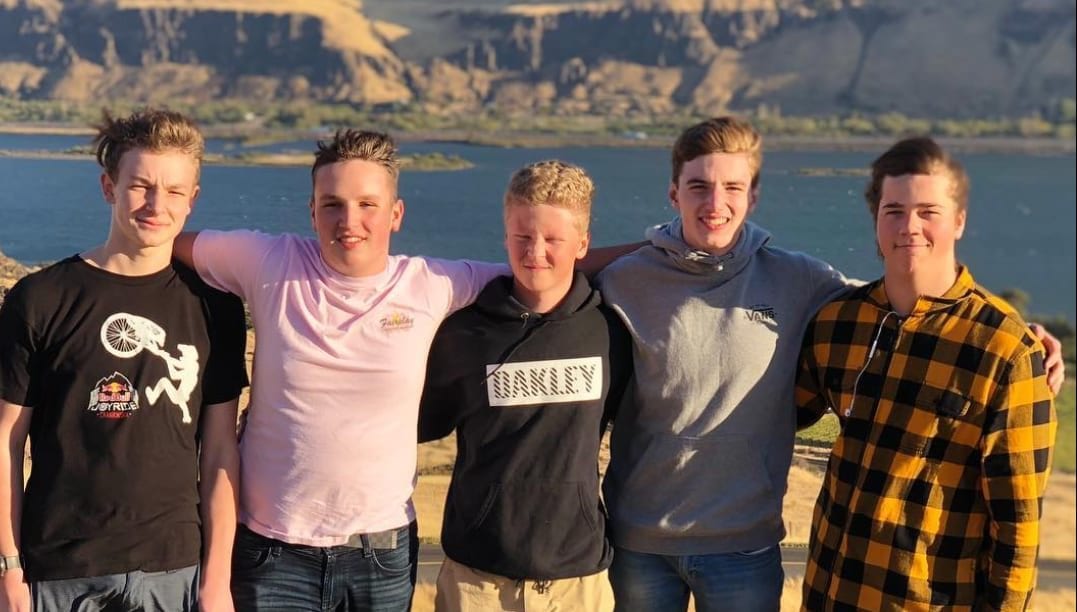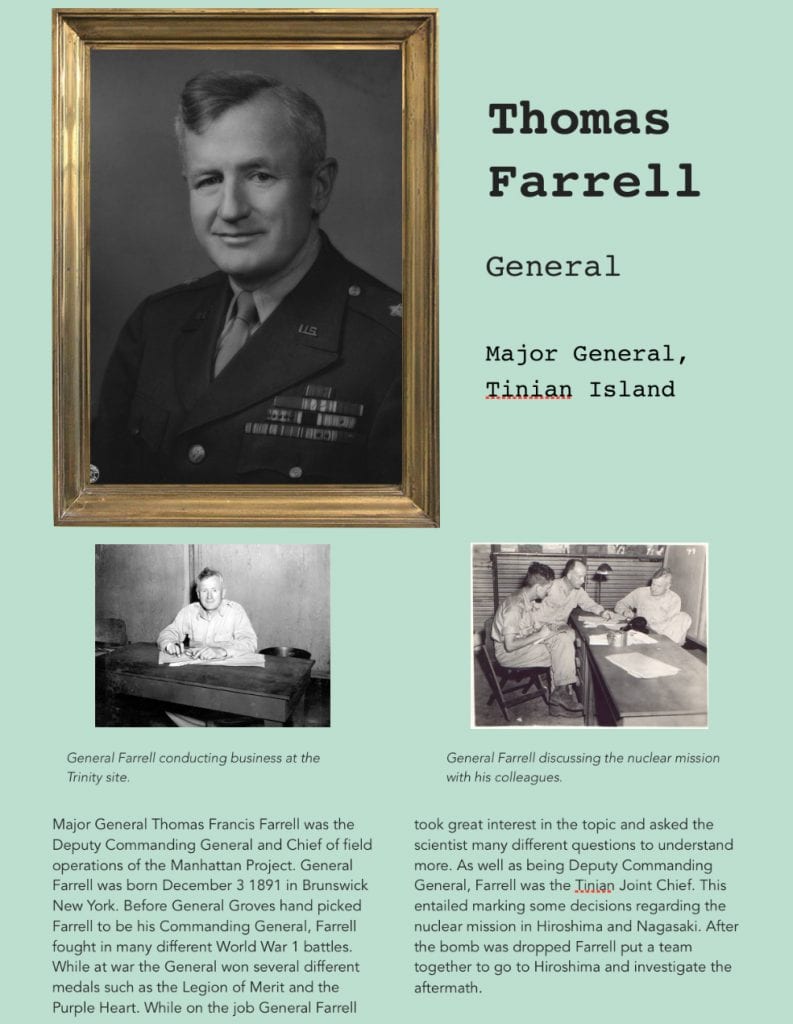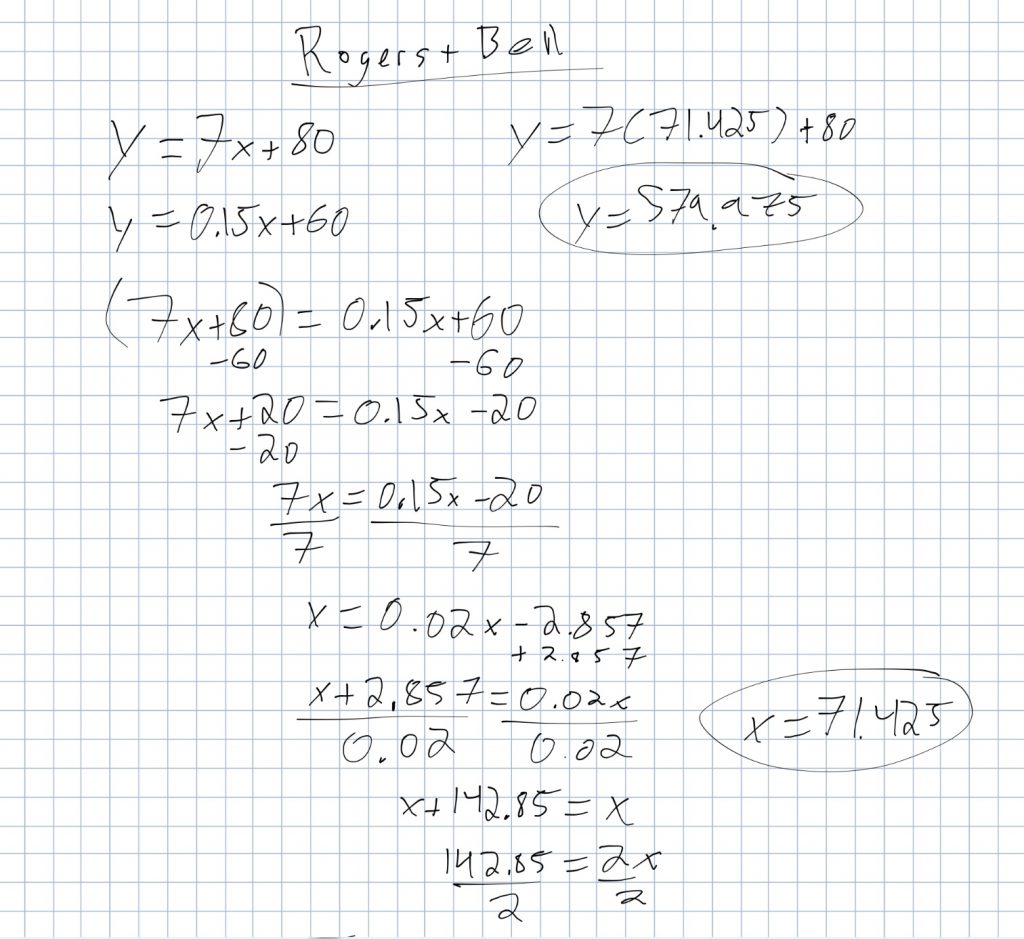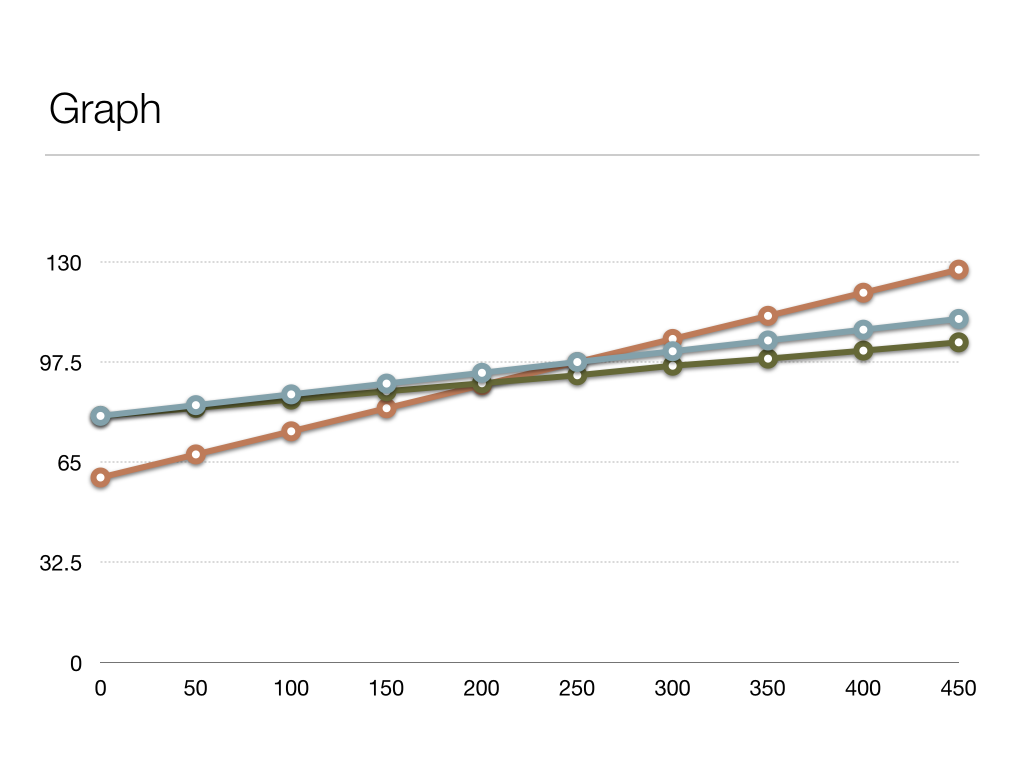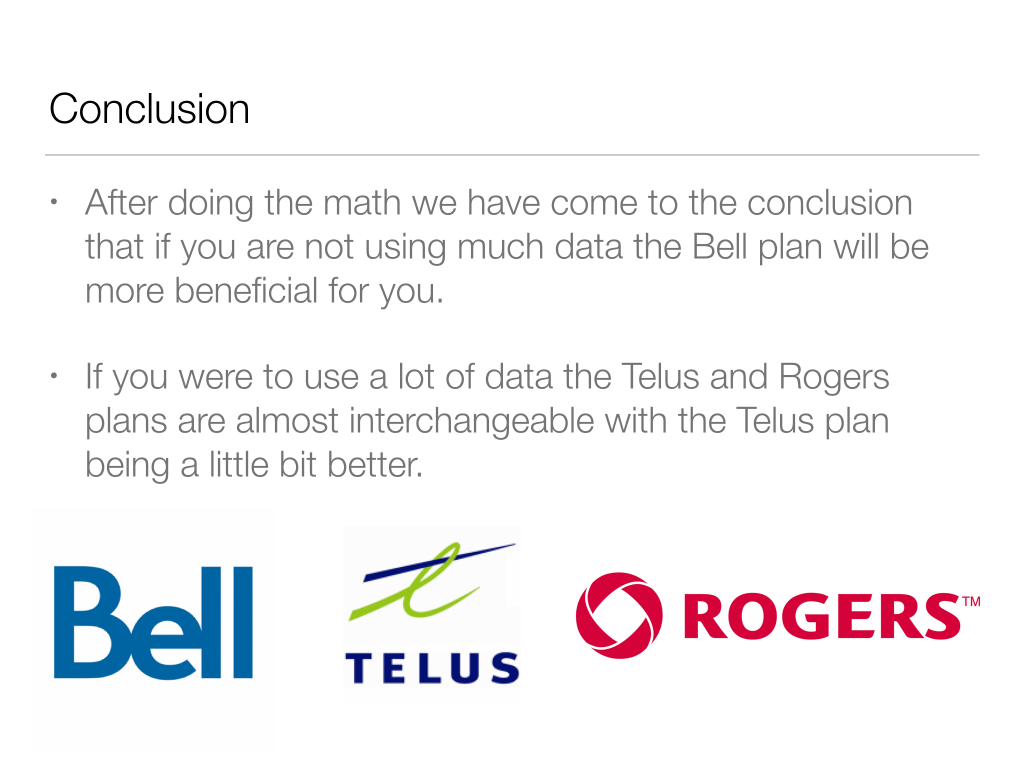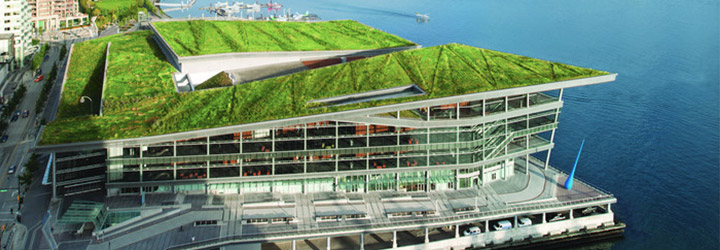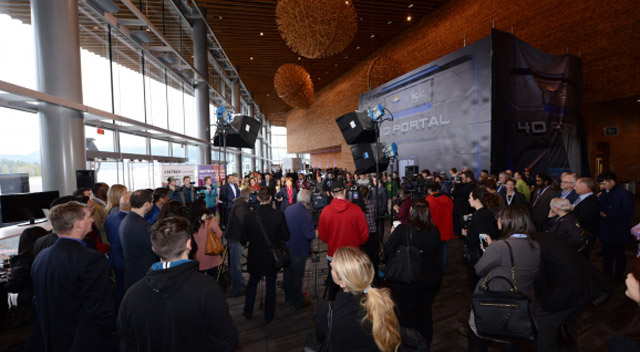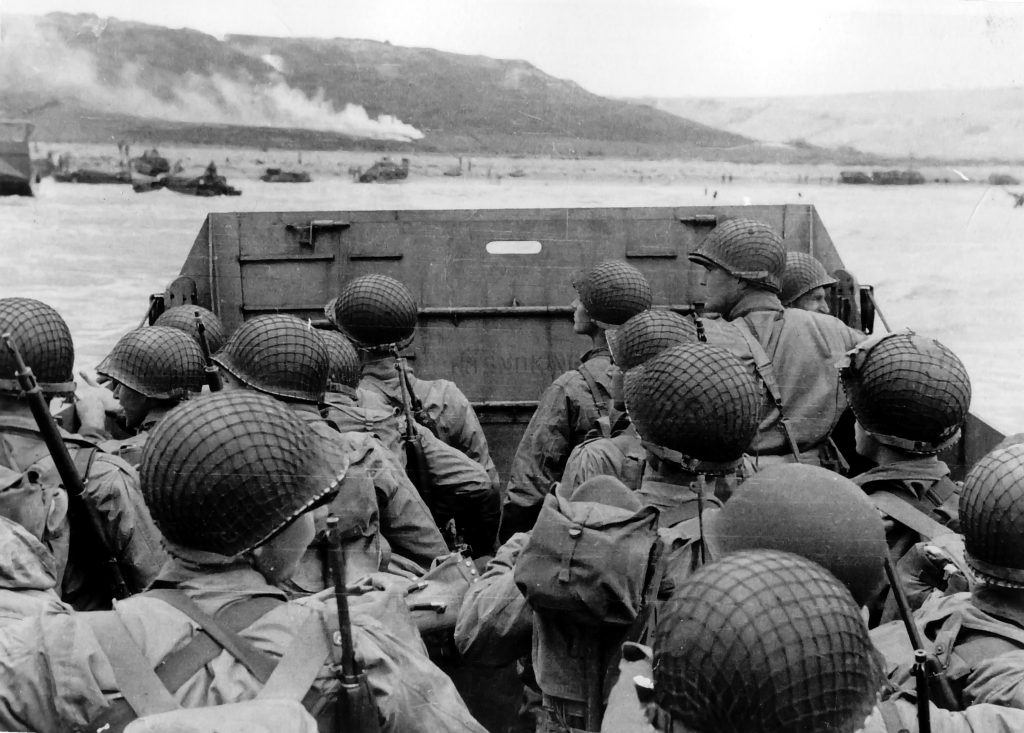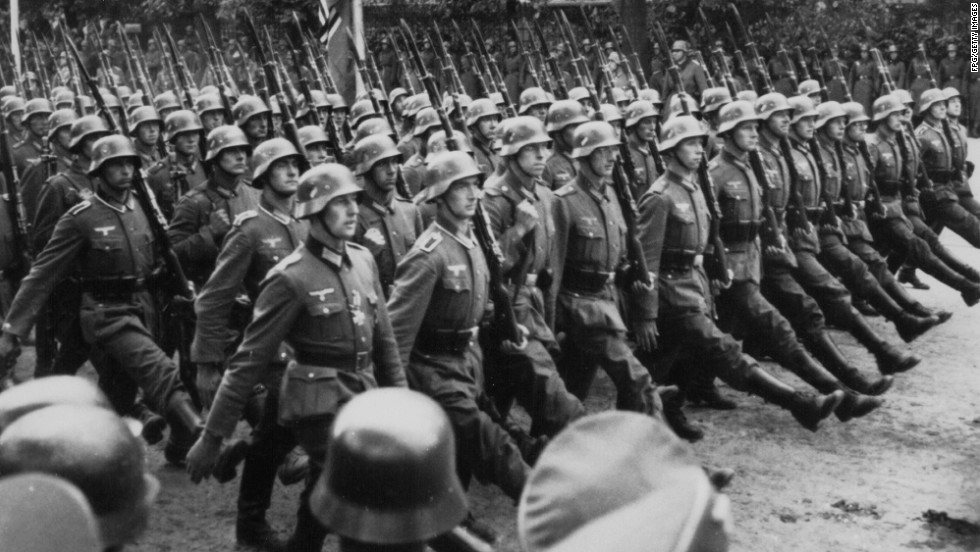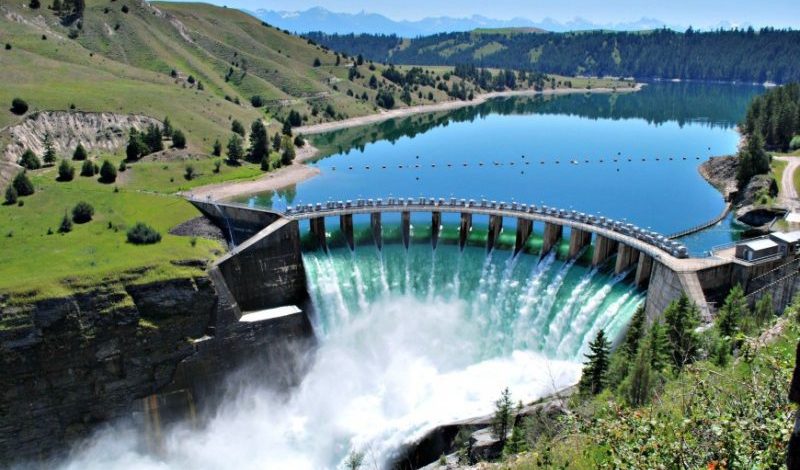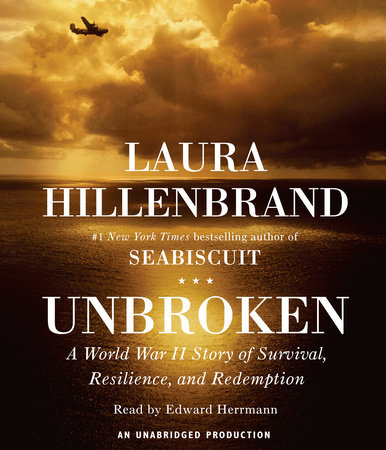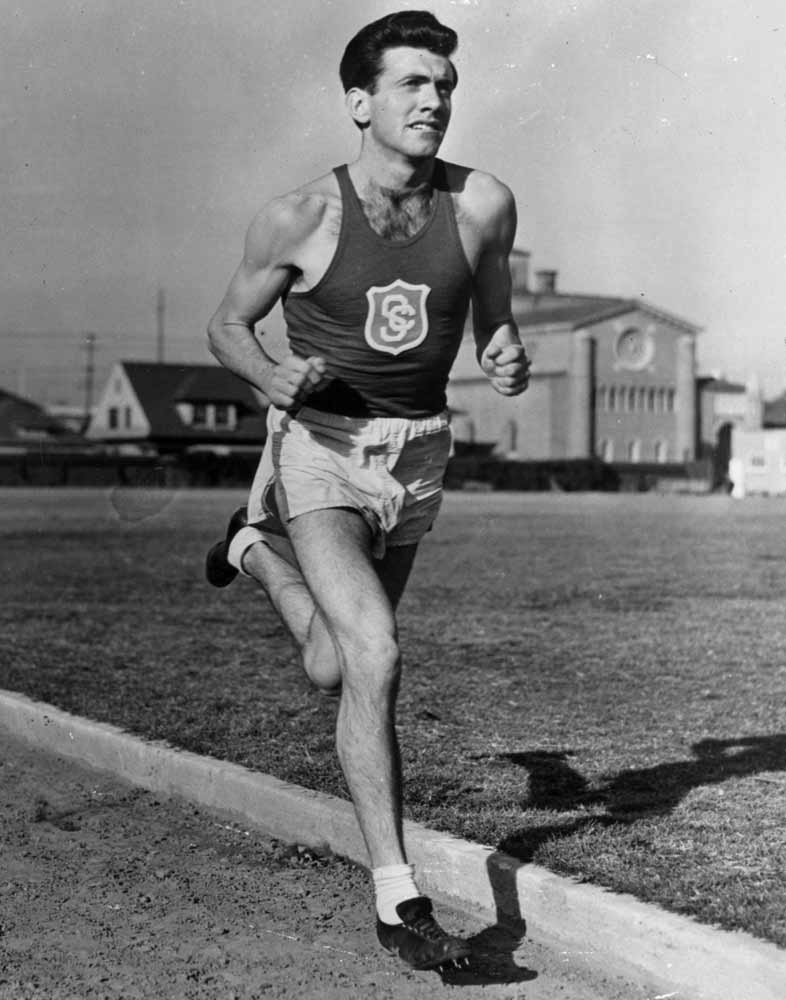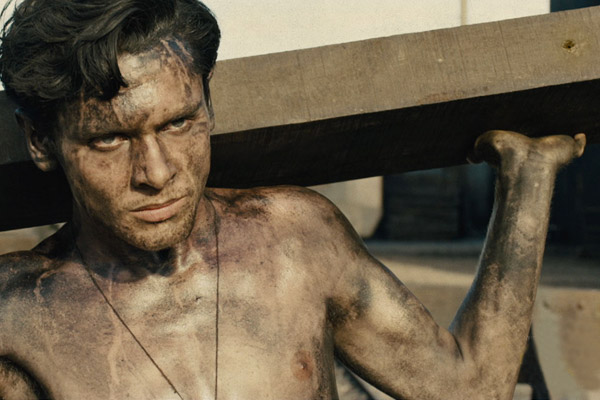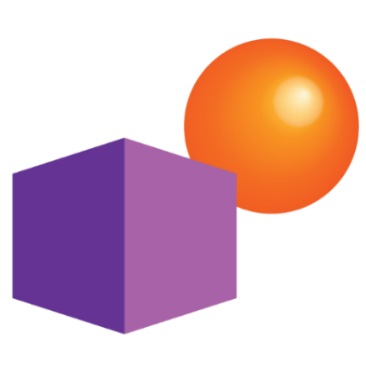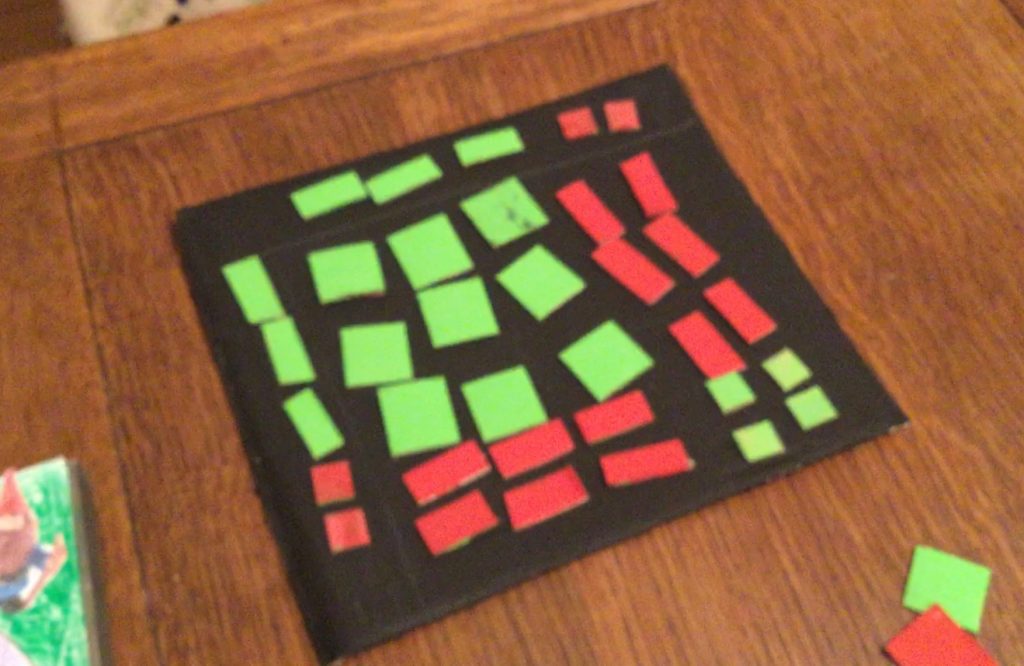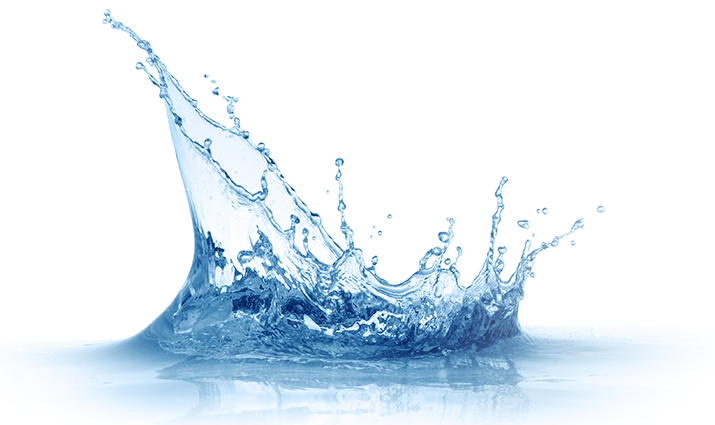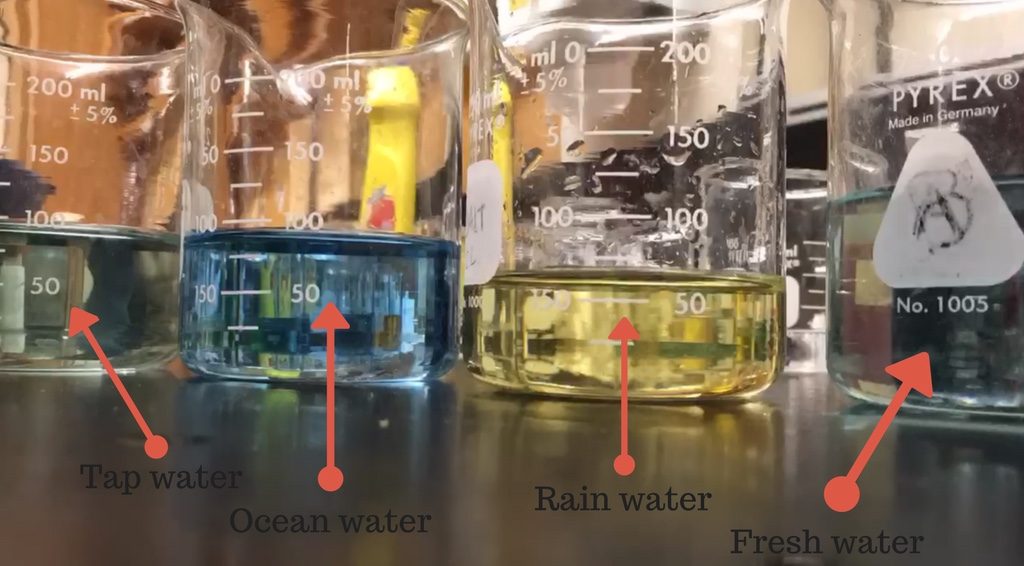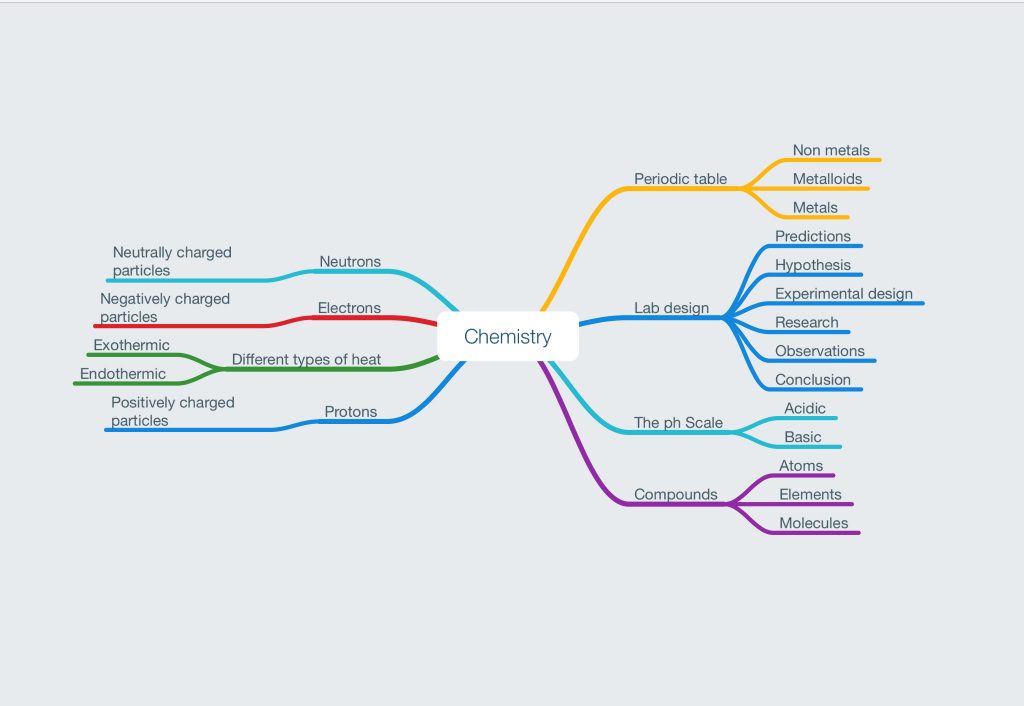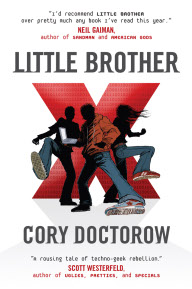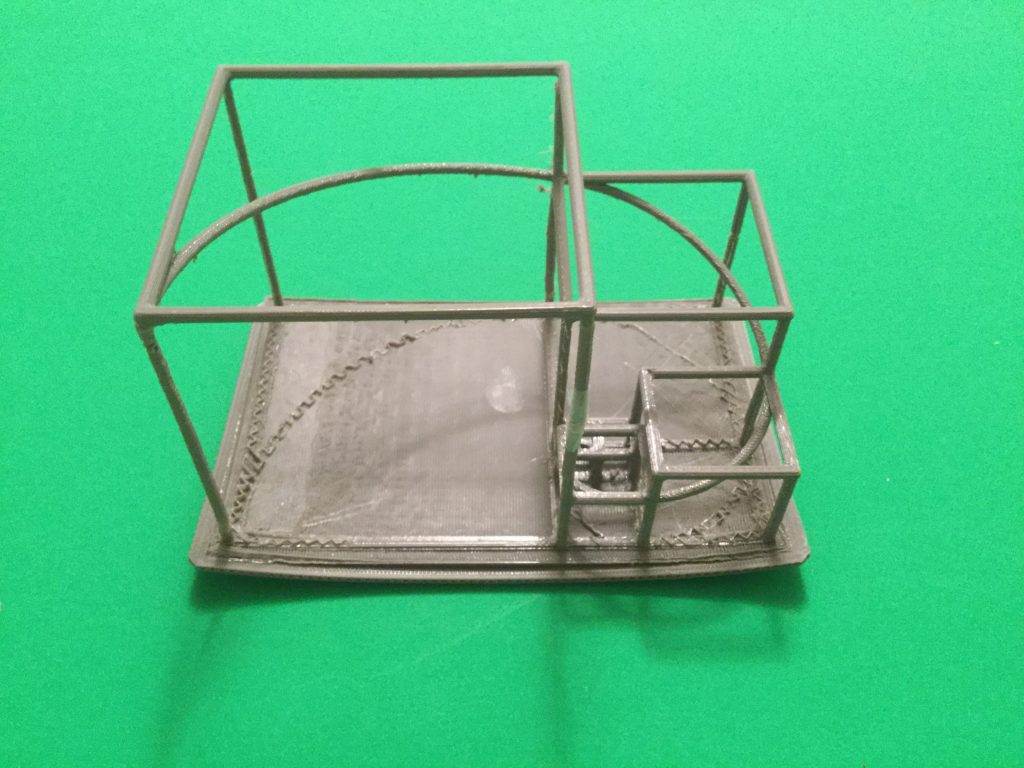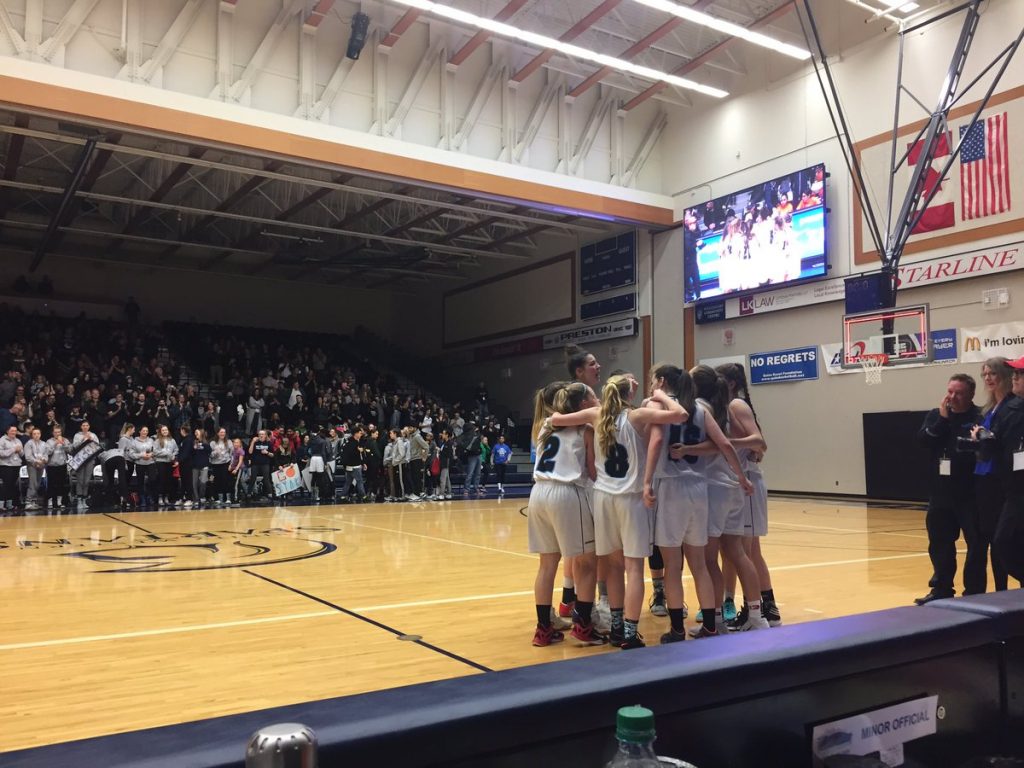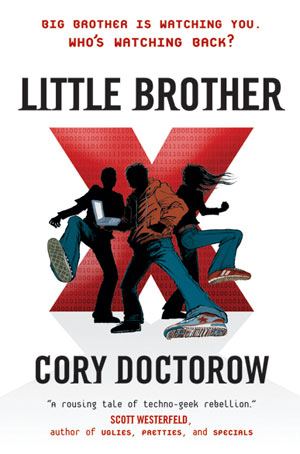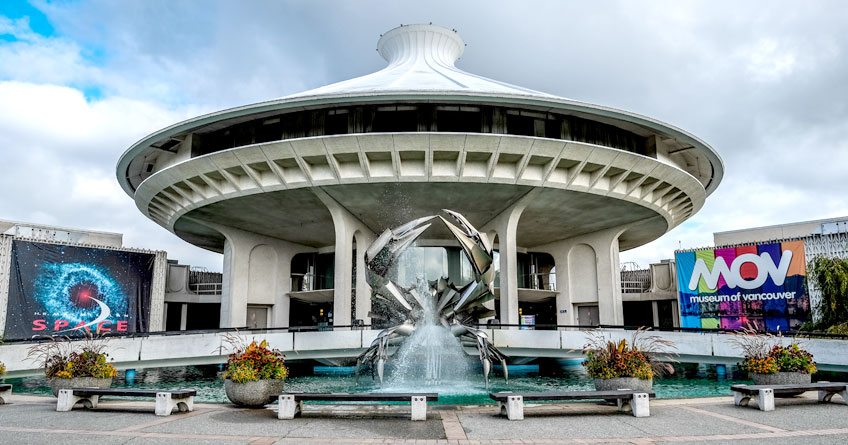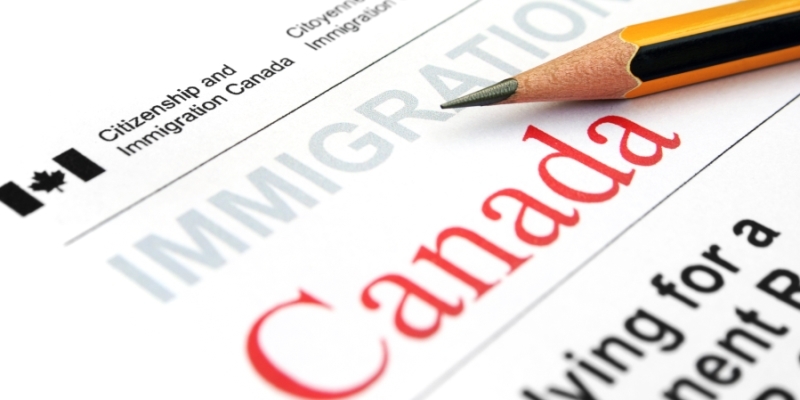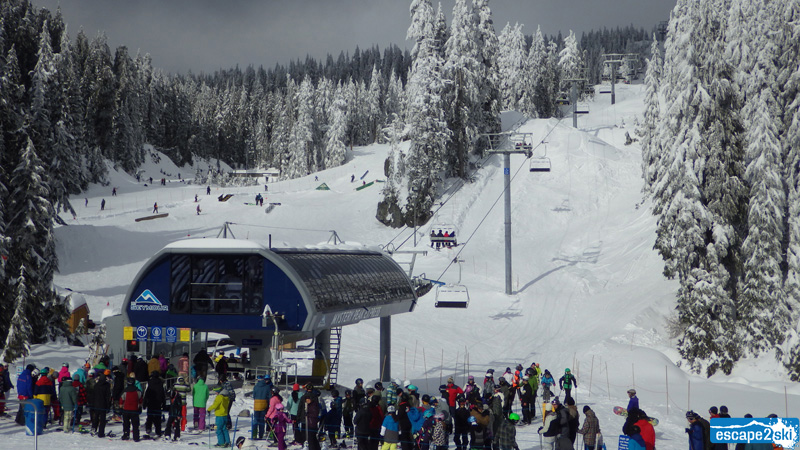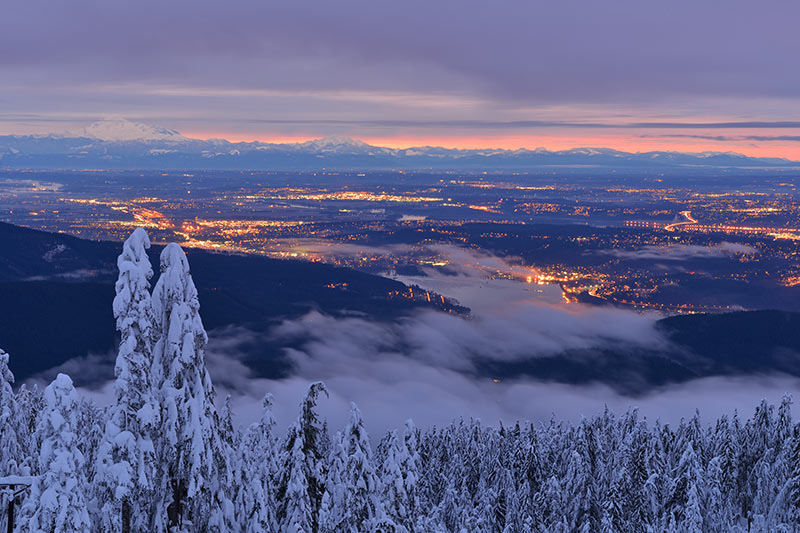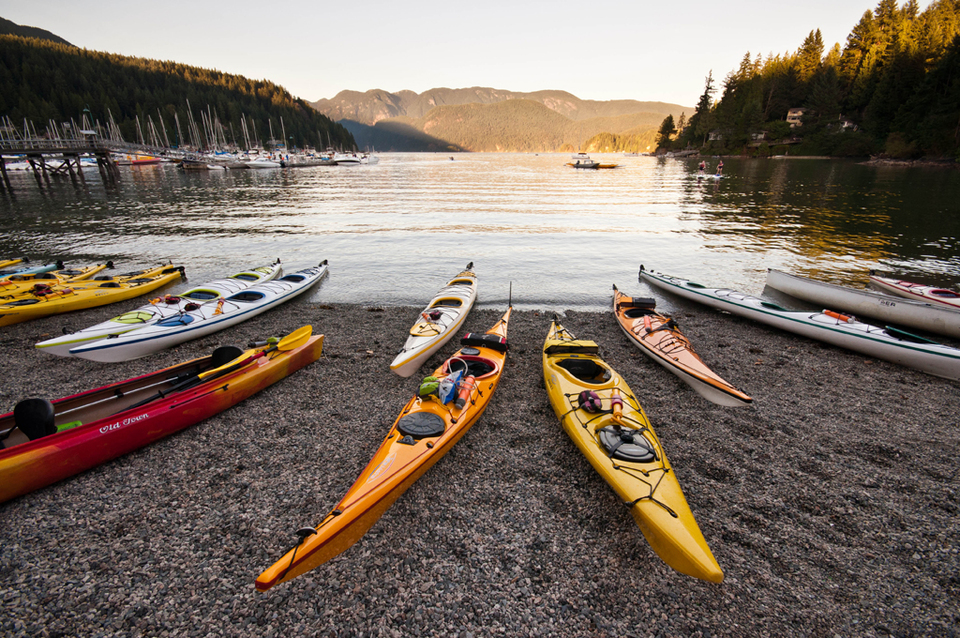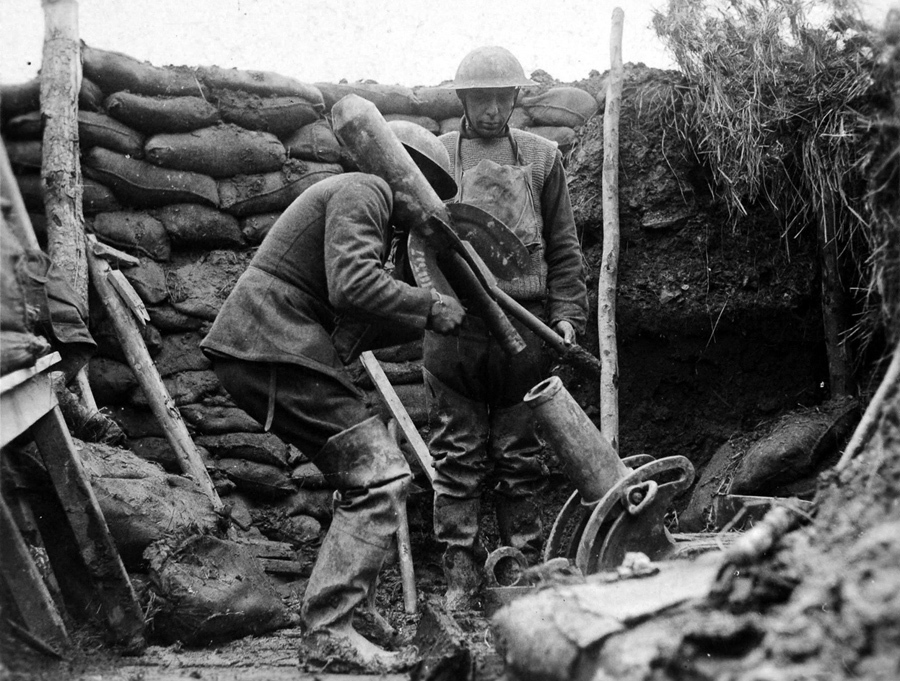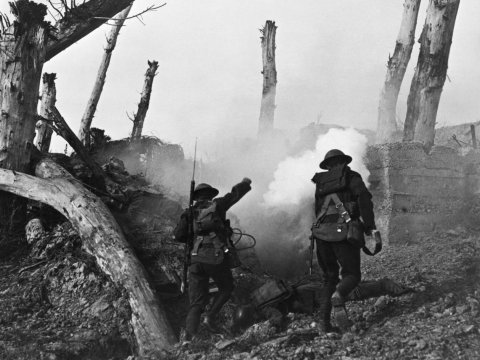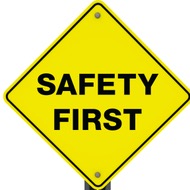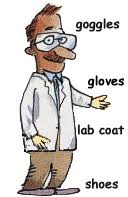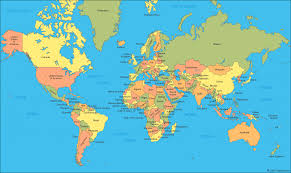Alright it’s almost the end of the school year so that means that it is time for the PLP Spring Exhibition where we present our Blue Sky project. This also means that it is time to think, create and execute. For people who don’t understand what I am talking about, the Blue Sky project is where you come up with a solution to a problem that someone has. Each year the target audience for the problem and solution changes. This year for Blue Sky we were given a link to the UN sustainable development website. We formed groups and we were given one of the 17 goals on the website that we would focus on. My group worked on the goal of sustainable cities and communities. In addition to addressing a problem, the project had to answer a driving question.
My group was made up of Ethan, Simon, Adam and me. We thought that it would be a good to create a project that would be about making cities more efficient.Our driving question was “How might we make the bus routes more efficient and enjoyable for passengers so more people use transit and reduce pollution?” Adam and I came up with the idea to create newly redesigned bus routes. Adam and I would work along side of Ethan and Simon who created a first class bus. Our goal was to put these two bus ideas together and make the ultimate bus system called A-Line Buses.
I want to back track for a minute to help you understand how Adam and I came up with our idea. We used use the L.A.U. N.C.H. cycle. There are 6 steps involved in the launch cycle. Here they are.
L– Look, listen, and learn – Goal: Awareness, seeing a problem and having a sense of empathy
A– Ask tons of questions – Goal: Sparked by curiosity, leads to understanding the process or problem.
U– Understand the problem or process – Goal: Use authentic research experience (interviews, analyzing data, articles, watching videos)
N– Navigate ideas – Goal: Brainstorm, combine, analyze, and navigate ideas to generate a concept for what they might create
C– Create a prototype – Goal: Could be an action, digital work, tangible project, work of art, or event
H– Highlight and fix – Goal: Fix what is failing, for every mistake brings you closer to your final product

Alright now that you know more about the LAUNCH cycle, we can move on and talk about all the preparation for the exhibition and the exhibition itself. Adam and I started to think about how we could get the ultimate product for our project. We thought that we would survey different people around the school and ask them the question “How can we make the bus route in Deep Cove and Phibbs Exchange better”? We got a lot of different answers but the top two conclusions were that we needed to make a faster and more direct route to Phibbs Exchange from Deep Cove. The Second conclusion was that we needed to create a bus route that goes into more neighbors and visited more schools. So we did just that and created A1 and the A2 bus routes.
The A1 is based on getting people from the Deep Cove and the Panorama area to Phibbs Exchange and eventually Vancouver as quickly as possible. It doesn’t cut into any residential neighbourhoods, it is meant to go up Mt Seymour as fast as possible.
A1 Bus Route (Focused on efficiency with a faster and more direct route to Phibbs Exchange from Deep Cove)

A2 Bus Route (Focused on convenience for travelling between schools and local residential neighbourhoods)
The A2 is more focused on bringing people to and from their houses and schools. Throughout the route the bus goes by Seycove Secondary, Sherwood Park Elementary, and Dorothy Lynas Elementary as well as going through four large residential neighbourhoods.

Along with creating these maps for the project we decided to put some numbers behind our idea to help it make sense to some of our customers. Here are the different calculations that Adam and I did that compares the 211 and the 215 to our A1 and A2. The bus route that is focused on getting people down to Phibbs faster is travelling 1.8km less which saves people time and the bus company money.

Along with the maps and calculations Adam and I thought that it would be a good idea to create a Kickstarter video. This video would explain our project and put a visual to the writing. Also people could watch it at the Exhibition night to supplement what we were saying or watch it when we were talking to others and understand our project better. In the video we showed our calculations as well as the two maps. Also in the video, there is some footage of some different buses that run in Deep Cove. Here is the video so please feel free to check it out.
https://youtu.be/5XA7biMQpLg
Now that we had everything that we needed for the project, it was time to set up for the exhibition. The day of the exhibition came around and Adam and I helped to set up our section in the library. Since we were in the Sustainable cities and communities category, we thought that it would be cool to use the big white board that we have at Seycove. Here is a photo of the city landscape that we drew. We set up with Simon and Ethan’s portion of the project which looked at the cost of using a car and a revamped transit seat. We had the Kickstarter video playing on the screen in the background and we set up our project information and maps on the green board. So as people came to our area, they found out about the high cost of running a vehicle, the benefits of the new bus routes and the improved seating.

Alright the clock struck 5:30 and it was time for the exhibition to start. Since we were close to the door we had a lot of visitors to our booth. It was really fun talking to all of the different adults and teens who came through into our exhibition. I really enjoyed talking to the people who were super interested in our project and asked a bunch of different questions. One person asked if we could serve beverages on our bus and we thought that was a good idea. Overall the entire night went great. Everyone who came to our project had said they liked our project and they would use the bus more often if the A-line bus system was in service.


One last thing to mention is that part of the PLP curriculum was to contact an expert in the field of the group’s project. Adam and I contacted a Translink representative. She really liked our idea and gave us a link to a project they just started. This project is called the Youth Innovation Project . The Youth Innovation project is to get teens like us to be innovative and come up with new ideas around the bus systems. Ideas are submitted and by July eighteenth a winner will be chosen and will receive a grant ranging from one thousand dollars to ten million dollars. Let’s hope we win!
Over the past three years I have participated in many Blue Sky projects Spring Exhibitions. One of my projects was to provide information to Mt Seymour trail users and was called Trailinfo. Another was called the Productivity Desk to help students study better and now the A-line bus system. Over these three years I have learned so much about problem-solving, planning, project management and presenting. I believe that these projects have made major contributions in my growth as a learner. I will miss Blue Sky projects but I can’t wait for what comes up next year.




